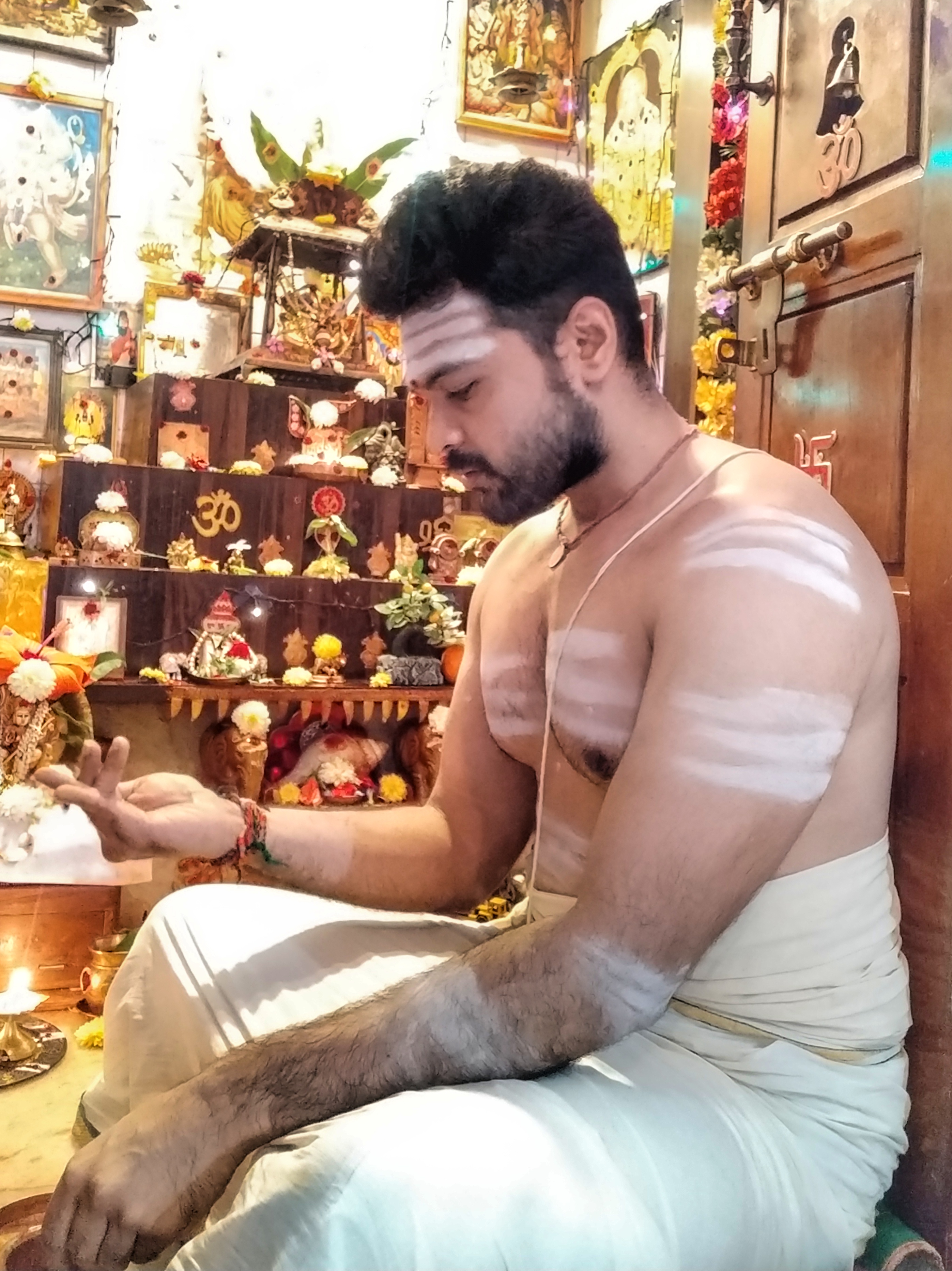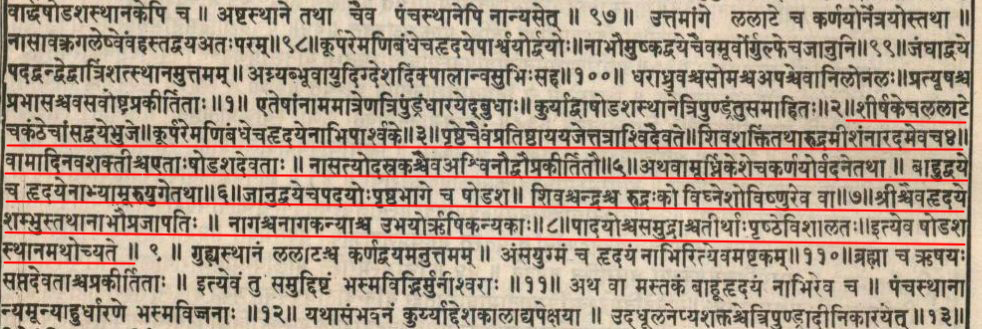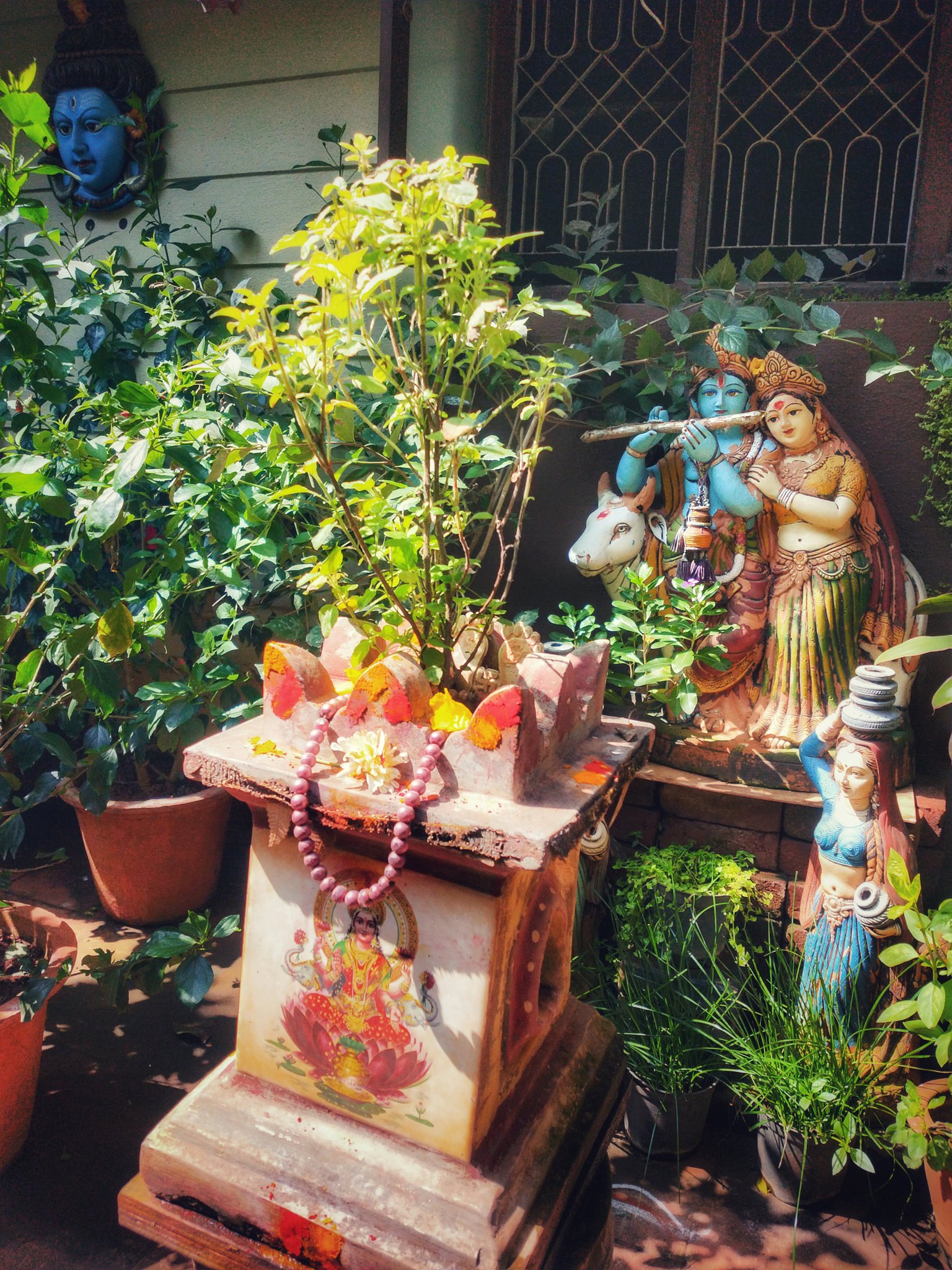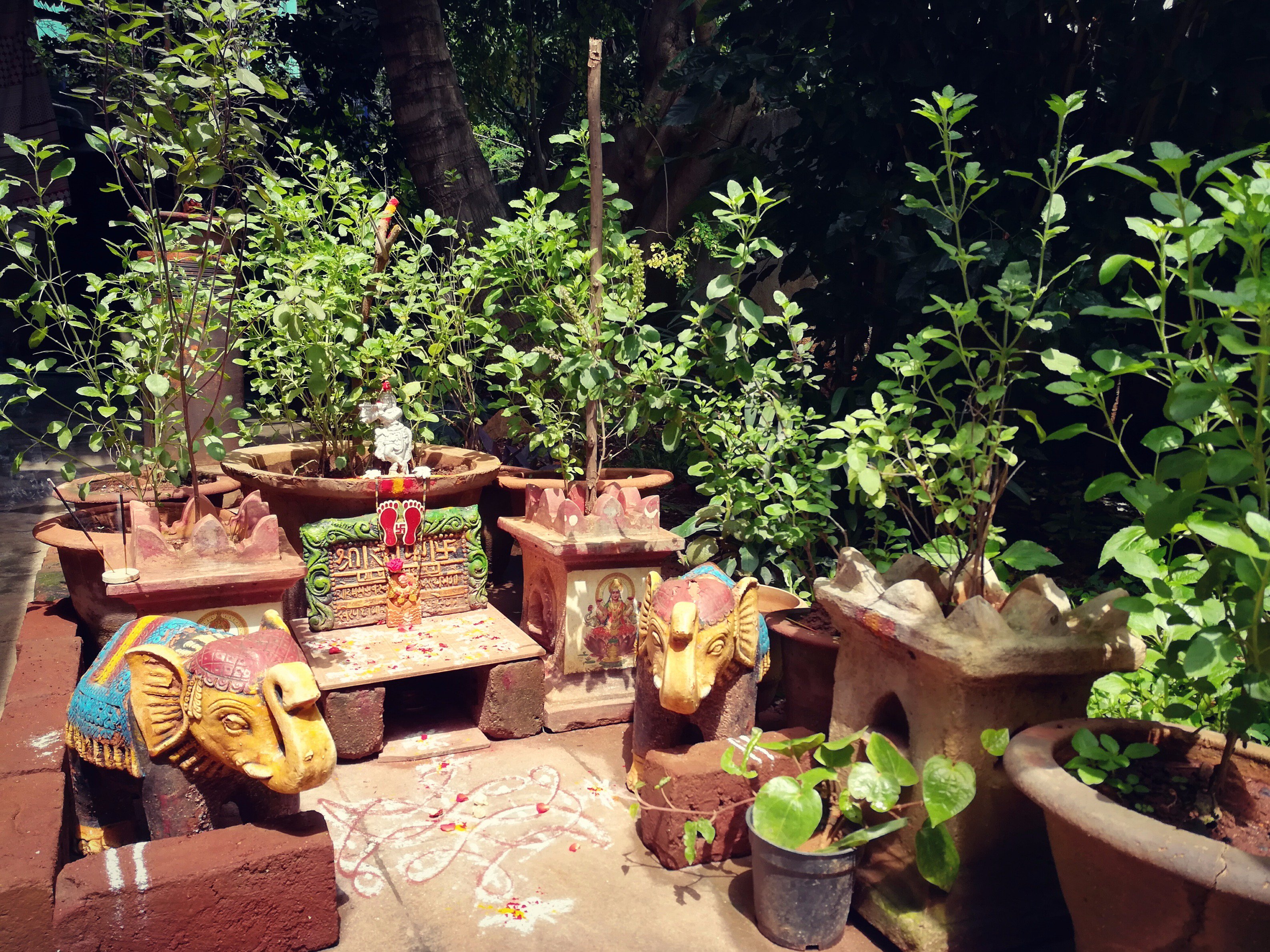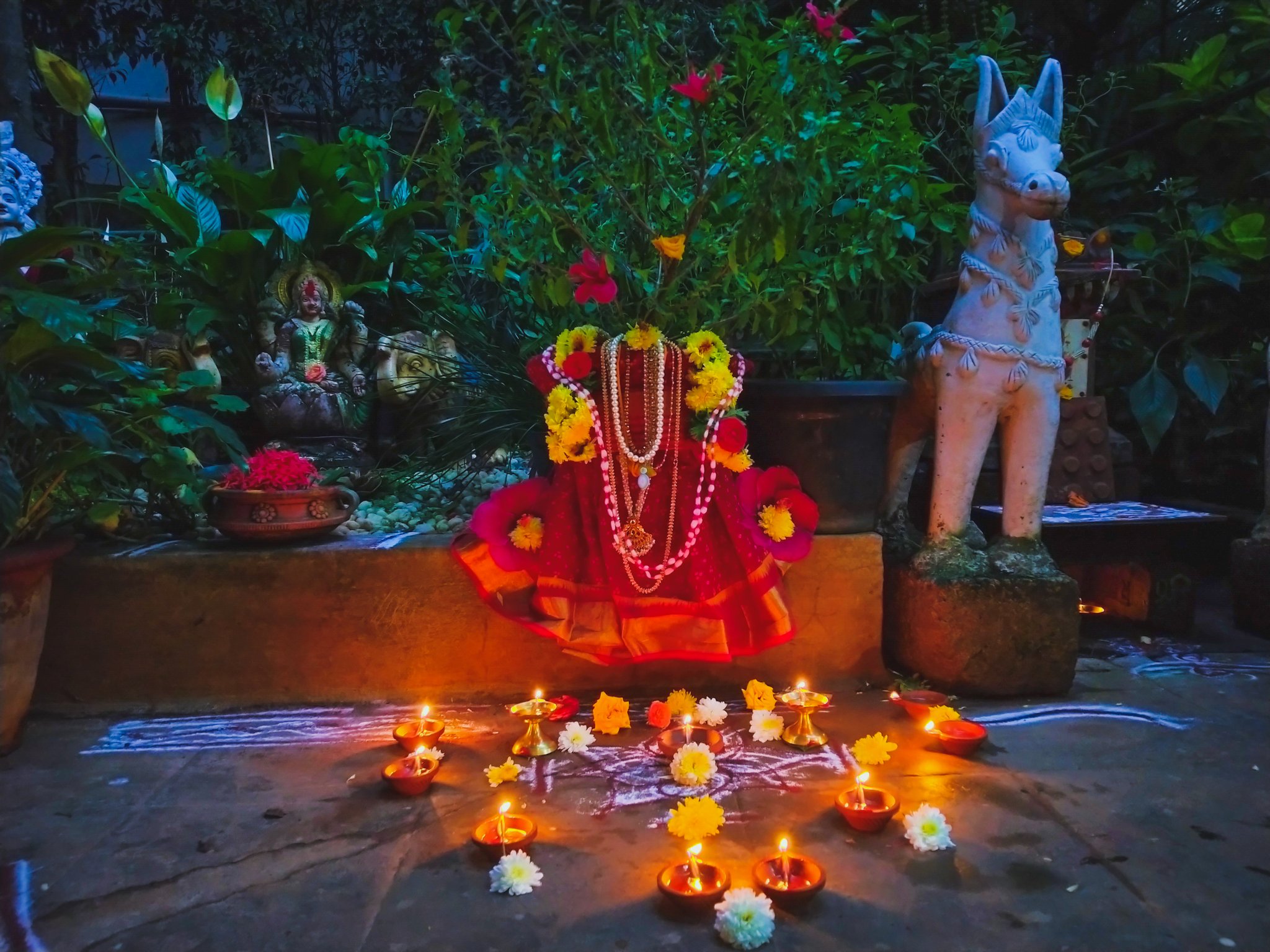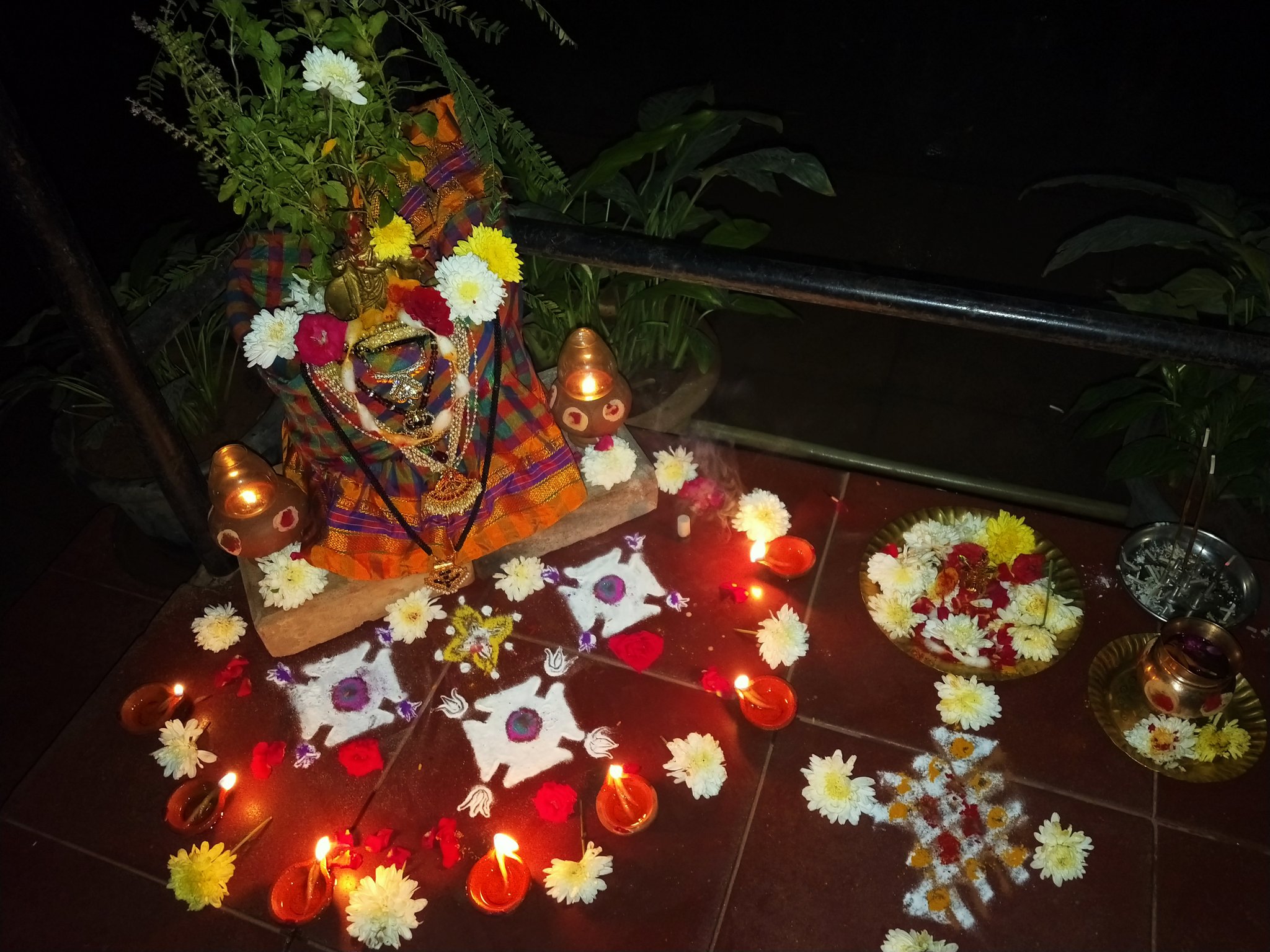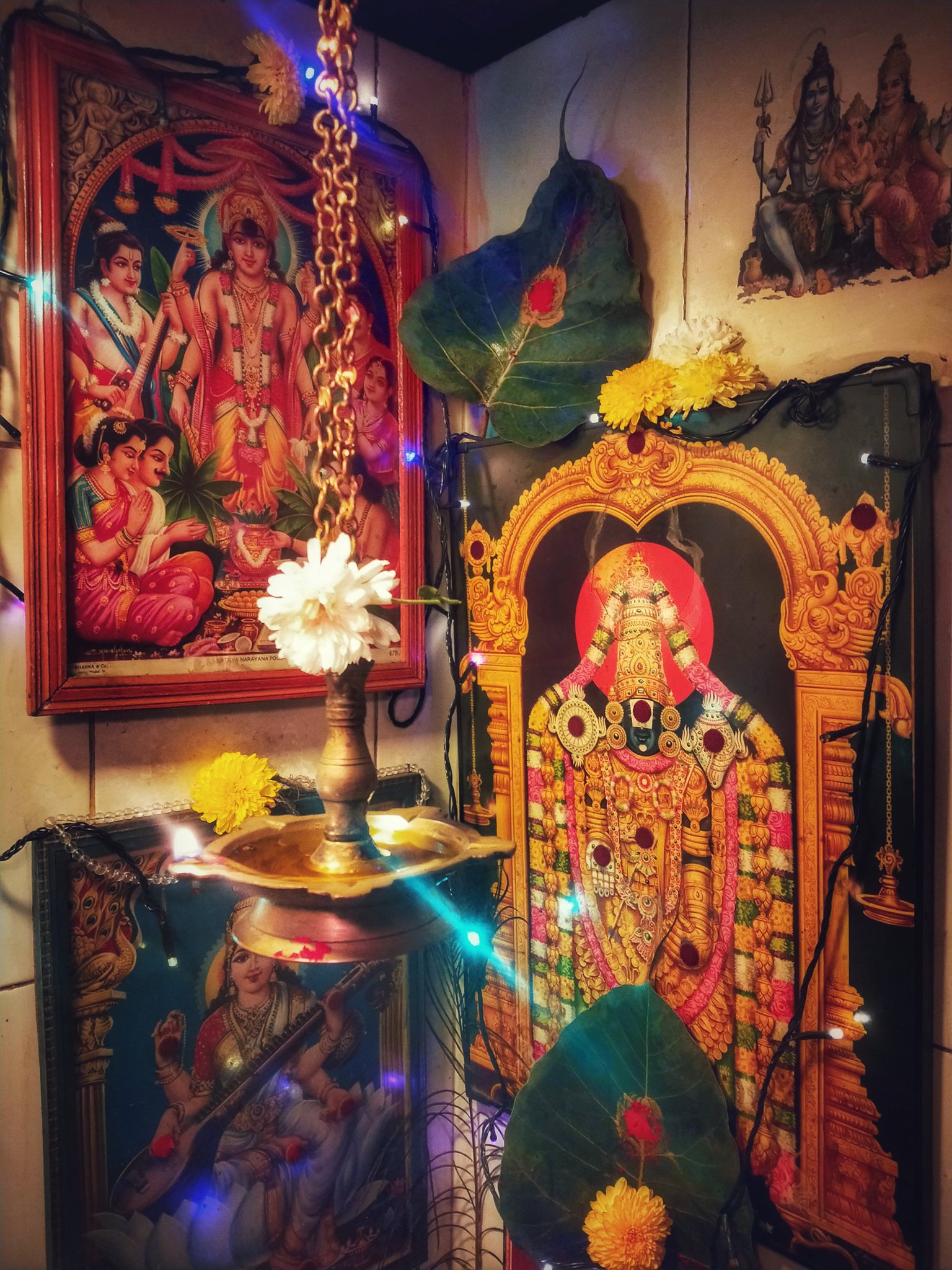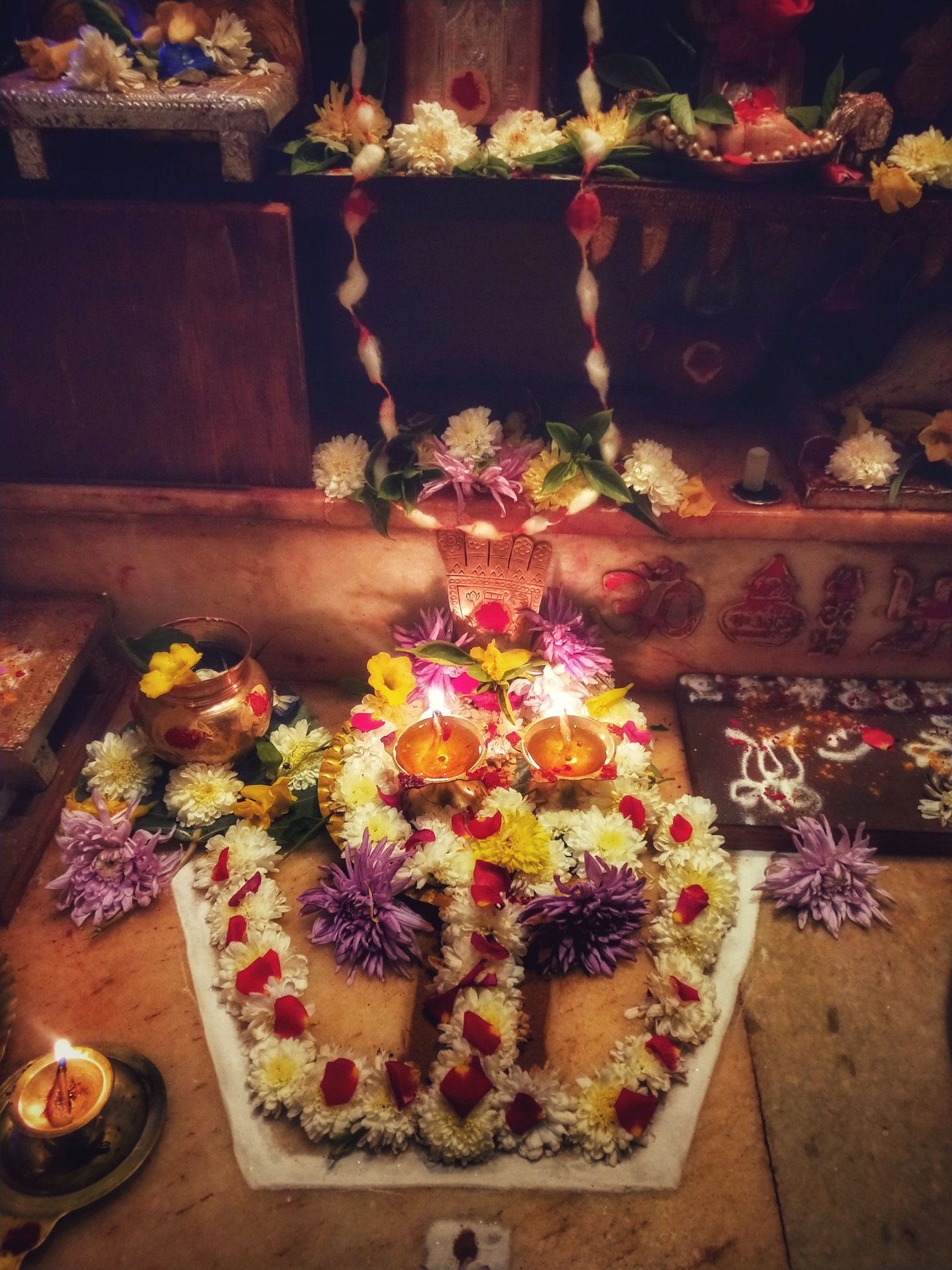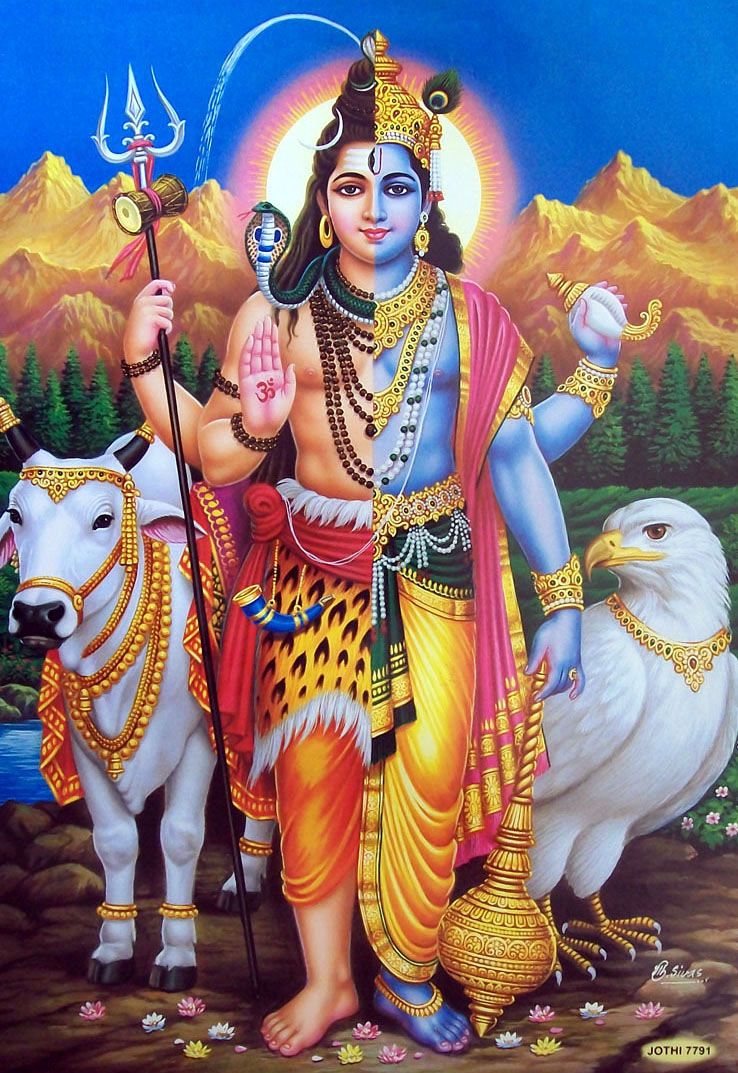The Vishvesvarasamhita of the Shiva Purana explains in detail the great benefits to be had by applying Bhasma & Tripundra. It also explains in great detail the significance of the Tripundra; how, why & where to apply it.
Rishi Suta in the above Shloka says the Bhasma are of two types. One is known as Mahabhasma (great ashes) & the other is called the Svalpa (the little) . The Maha Bhasma is classified into many different types.
तद्भस्मत्रिविधंप्रोक्तंश्रोतंस्मार्तंचलौकिकम् । भस्मैव स्वल्पसंज्ञंहिबहुधापरिकीर्तितम् ॥
Maha Bhasma is of 3 types. 1st one is obtained from Shrauta rites, the 2nd through Smartha rites & the 3rd is Laukika, which is prepared from ordinary fire.
It is mandated for the dwijas to chant mantras while applying the Bhasma. The others can simply apply without any mantra.
People belonging to all the Varnas and Ashramas can put on the Tripundra on the forehead or dust their bodies with the mantras mentioned in the Jabala Upanishad or if no mantra is used they shall do the same with reverence.
The one who makes the Tripundra on the forehead with white ashes shall attain, on death, the primordial worlds.
Brahmins, Kshatriyas, Vaishyas, Shudras, people of mixed castes, women, widows, girls, heretics, a brahmacarin, a householder, a forest dweller, an ascetic, performer of sacred rites who have Tripundra marks are undoubtedly liberated souls.
The one who wears the Tripundra while performing Shraddha, Yajna, Japa, Homa, Vaishvadeva and the worship of the deities is a purified soul and he conquers even death.
The Tripundra on the forehead extends from the middle of the eyebrows to the tips of the brows on either side. With the middle & the ring fingers a line drawn in the opposite direction is called Tripundra. For each of the 3 lines there are 9 deities everywhere in the body.
The nine deities of the first line of the Tripundra are: The syllable “A”(of AUM), Garhapatya (sacrificial fire), Earth, Dharma, Rajas attribute, Rigveda, Kriyashkti (the power to do), Pratahsavana (morning rituals) and Mahadeva.
The nine deities of the second line are: The syllable “U” (of AUM), Dakshina fire (sacrificial fire), the principle of Ether, Sattva attribute, Yajurveda, Madhyandina Savana (midday rituals), Icchashakti (will power), the Antaratman (immanent soul) & Maheshwara.
The nine deities of the third line are: The syllable “M” (of AUM), Aahavaniya (sacrificial fire), the supreme soul, Tamas attribute, Swarga, Jnana Shakti, Samaveda, the third Savana (evening rituals) and Shiva.
The above Shlokas mention the different parts of the human body connected with the deities mentioned in the above Shlokas. It also mentions that the Tripundra can be applied at 32 places, 16 places, 8 places or 5 places on the body.
The 32 places are: head, forehead, two ears, two eyes, two noses, mouth, neck, two arms, two elbows, two wrists, chest, two sides, navel, two testicles, two thighs, two knees, two calves, two heels & two feet. The names of the following shall be uttered when the Tripundra is applied: Agni, Varuna, Prithvi, Vayu, followed by the names of the Ashta Dikpalakas & the eight Vasus i.e. Dhara, Dhruva, Soma, Apa, Anila, Anala, Pratyusha & Prabhasa.
Or the devotee shall apply the Tripundra in 16 parts of the body :
head, forehead, neck, two shoulders, two arms, two elbows, two wrists, chest, navel, two sides and back. The names of the deities presiding over them and which are to be worshipped are: the two Ashvins, Dasra and Nasatya, Shiva, Shakti, Rudra, Ishana, Narada & nine Shaktis.
Deities associated with the 16 parts : Shiva, Chandra, Rudra, Brahma, Vighneshvara, Vishnu, Shri (Lakshmi) in the heart, Shambhu, Prajapati in the navel, Naga, Nagakanyas, Rishikanyas in the feet and the ocean of vast expansion in the back.
Or the devotee shall apply the Tripundra in 8 parts of the body : The private parts, forehead, the ears, two shoulders, chest and navel. The presiding deities are Brahma and the Sapta Rishis.
Or the devotee shall apply the Tripundra in 5 parts of the body : Forehead, two arms, chest and navel.
If incapable of dusting the whole body with the holy ashes the devotee shall have the Tripundra on the forehead alone, remembering Lord Shiva by repeating Namah Shivayah.
The devotee shall have Tripundra in the sides saying Ishabhyam Namah (obeisance to Shiva and the goddess) and in the forearms by saying Bijabhyam Namah.
The devotee shall apply the ashes beneath by saying Namah Pitrbhyam (obeisance to the ancestors) and above by saying Namah Umeshabhyam (obeisance to Uma and Isha), on the back and the back of the head by saying Namah Bhimaya (obeisance to Bhima)
This concludes the post. As we can see there are tremendous benefits to be had by applying the Tripundra. Same goes for the Vaishnava tilaka; Urdhva Pundra (praised in various texts like the Skandapuranam & Vasudevopanishad).Whatever be ones sampradaya, one must try to adhere to it to the best of their abilities.
Reference
Shiva Puranam
